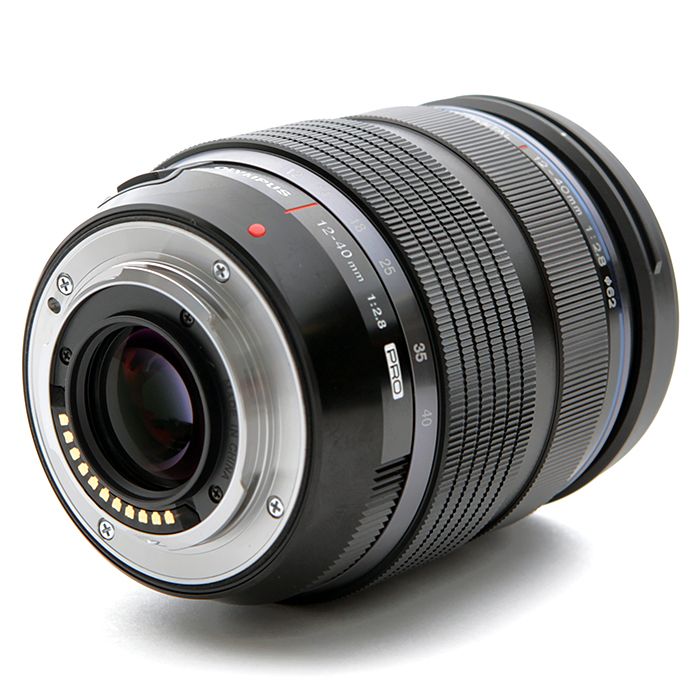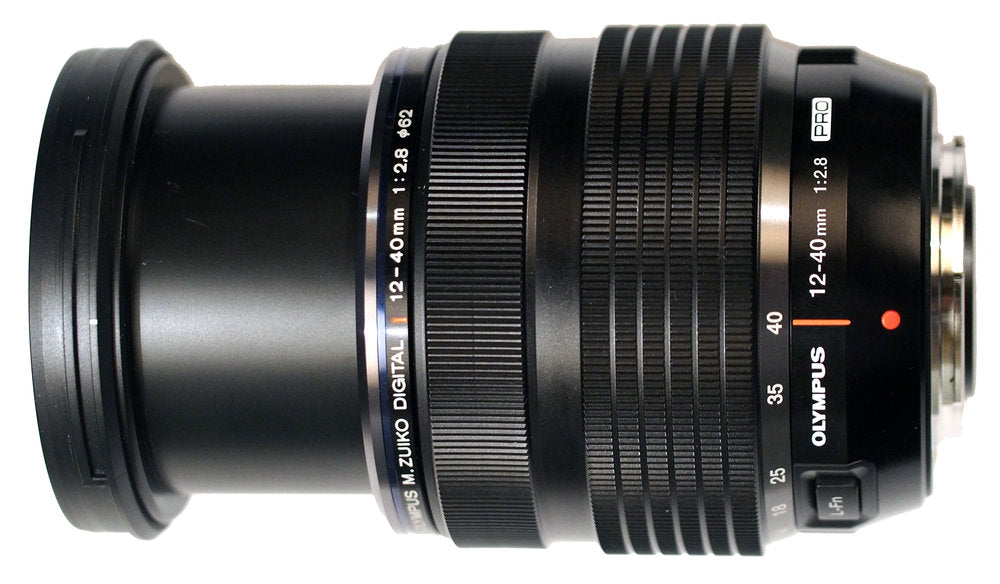Product Description
Olympus 12-40mm F2.8 Lens for Micro Four Thirds Cameras
- Lens construction: 14 elements in 9 groups
- Shortest focusing distance: 0.2 m
- Viewing angle: 84 - 30 deg
- Quick autofocus
- Dustproof
- Freezeproof
- Splashproof
- Filter size: 62 mm
Constant aperture – superbly built
The robust build of the M.Zuiko Digital ED 12–40mm F2.8 PRO lens is engineered to meet every need of professional photographers, especially together with a compact, lightweight design. The constant, bright aperture of 2.8 at all focal lengths works together with advanced technologies to deliver high-grade image creation for a wide range of photography styles, regardless of lighting conditions and distance.

Superb and fast
The layout of the M.Zuiko Digital ED 12–40mm F2.8 PRO is designed to make it incredibly portable despite the 14 lens elements in 9 groups, aligned to achieve a fast constant 2.8 aperture and high performance. From high-precision night shots to portraits with blur effects, this lens can take on any style.
 Robust construction
Robust construction
Even when subjected to heavy professional use in harsh and testing conditions, the dust/splash/freezeproof construction of the M.Zuiko Digital ED 12–40mm F2.8 PRO lens makes sure you can rely on long-term operation in every kind of terrain.

High-speed AF with low noise
Equipped with a Manual Focus Clutch, the M.Zuiko Digital ED 12–40mm F2.8 PRO allows you to switch to manual focus instantly and use it the same way as a conventional manual focus lens. This lens also features MSC (Movie & Still Compatible) for fast, quiet and accurate AF.

Recommended Uses
- Portrait
- Architecture
- Low light
- Nature
- Travel
- Landscape
- Sports
- Wildlife
- Allround
- Macro

























